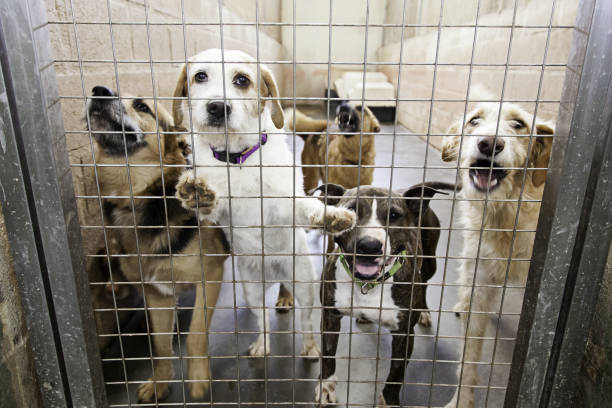Characterizing Unsuccessful Animal Adoptions: Age and Breed Predict the Likelihood of Return, Reasons for Return and Post-Return Outcomes

A considerable number of adopted animals are returned to animal shelters post-adoption which can be stressful for both the animal and the owner. In this retrospective analysis of 23,932 animal records from a US shelter, we identified animal characteristics associated with the likelihood of return, key return reasons, and outcomes post-return for dogs and cats. Binary logistic regression models were used to describe the likelihood of return, return reason and outcome based on intake age, intake type, sex, breed and return frequency. Behavioral issues and incompatibility with existing pets were the most common return reasons. Age and breed group (dogs only) predicted the likelihood of return, return reason and post-adoption return outcome. Adult dogs had the greatest odds of post-adoption return (OR 3.40, 95% CI 2.88–4.01) and post-return euthanasia (OR 3.94, 95% CI 2.04–7.59). Toy and terrier breeds were 65% and 35% less likely to be returned compared with herding breeds. Pit bull-type breeds were more likely to be returned multiple times (X2 = 18.11, p = 0.01) and euthanized post-return (OR 2.60, 95% CI 1.47–4.61). Our findings highlight the importance of animal behavior in the retention of newly adopted animals and provide useful direction for allocation of resources and future adoption counselling and post-adoption support services.
Powell, L., Reinhard, C., Satriale, D., Morris, M., Serpell, J., and Watson, B. (2021). Characterizing unsuccessful animal adoptions: age and breed predict the likelihood of return, reasons for return and post-return outcomes. Scientific Reports, 11, 8018, https://doi.org/10.1038/s41598-021-87649-2
Photo: iStock.com/fotocelia
View ResourceTopic(s): Behavior, Problem Abnormal Behavior, Recognition, Shelter and Rescue